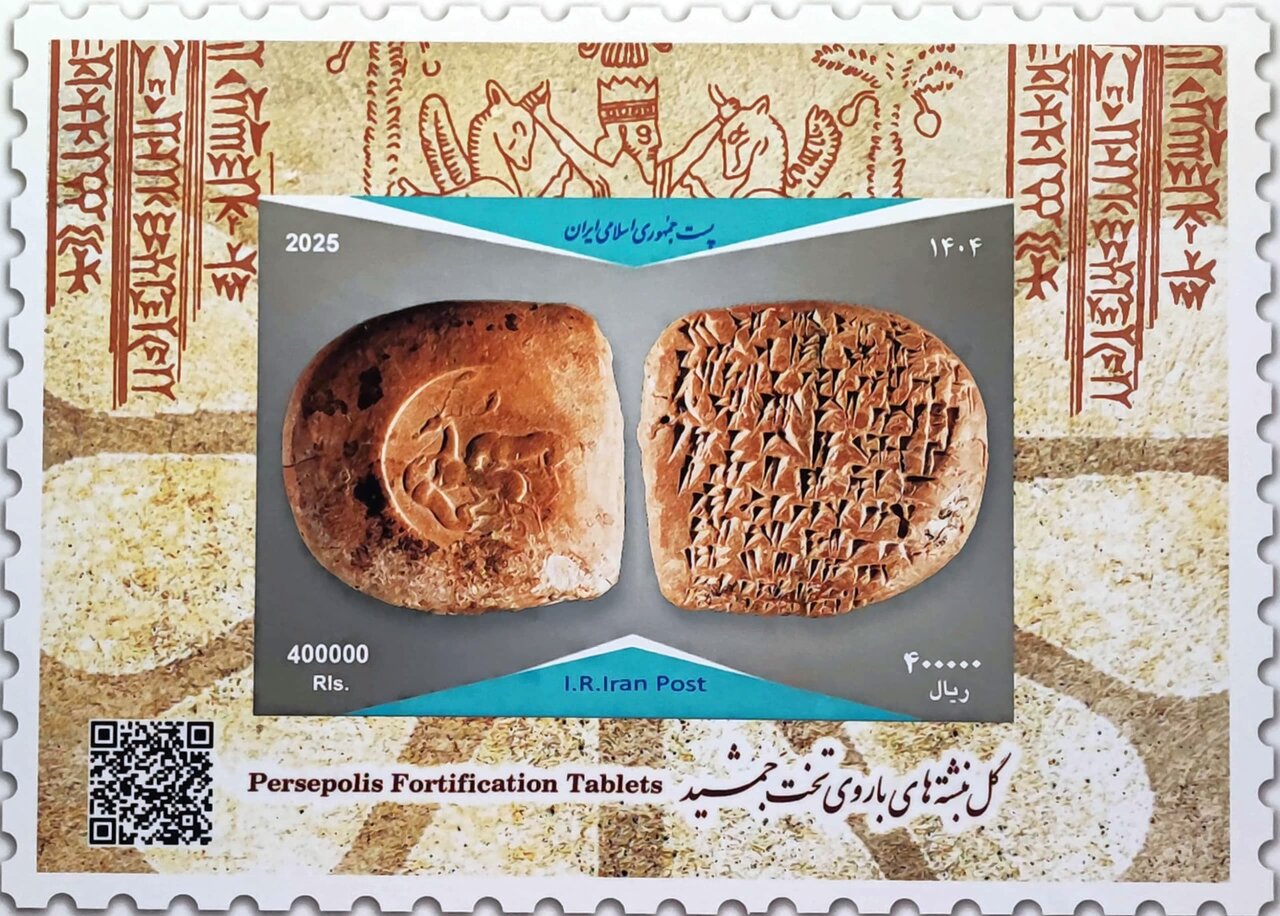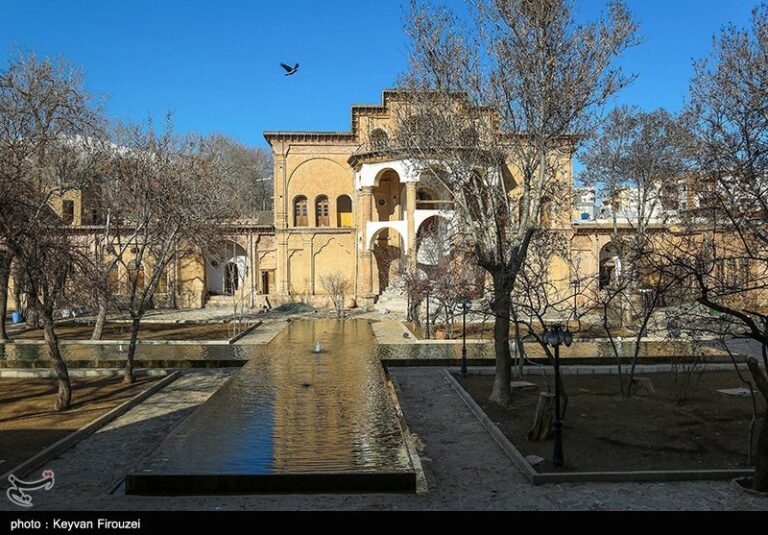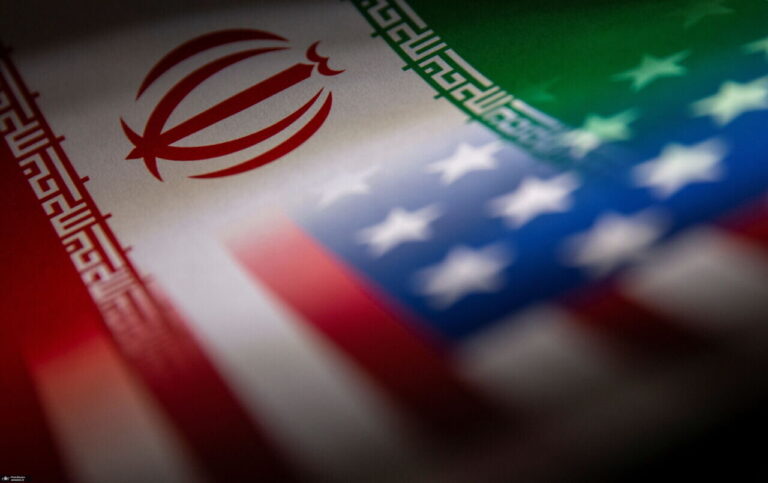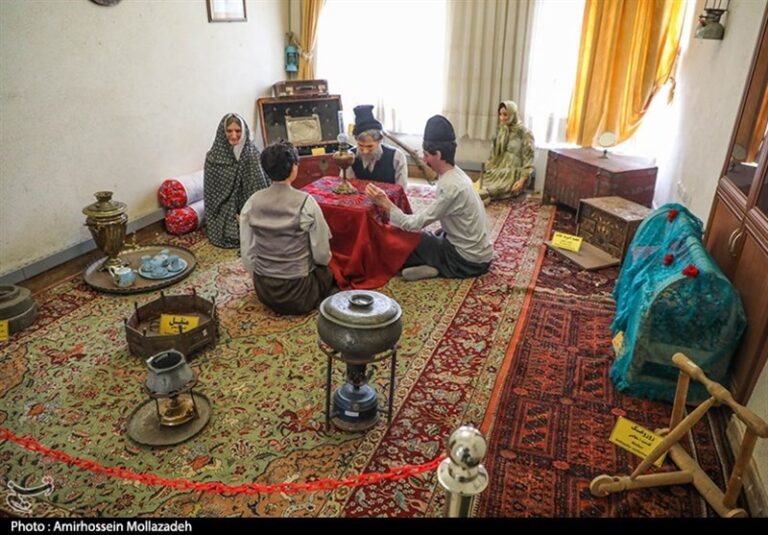Unveiling the Commemorative Stamp Celebrating the Historic Persepolis Fortification Tablets
On May 18, coinciding with International Museum Day, a significant ceremony took place at the National Museum of Iran to unveil a commemorative stamp dedicated to the remarkable Persepolis Fortification Tablets. This event gathered esteemed guests, including the Deputy Minister of Cultural Heritage, the Head of the National Committee of Museums (ICOM), the Deputy Minister of Communications, the CEO of the Post Company, and the Director of the National Museum of Iran.
The Persepolis Fortification Tablets, a treasure of ancient history, were unearthed approximately 90 years ago during archaeological digs at the iconic site of Persepolis. Following their discovery, these invaluable clay tablets were entrusted to the University of Chicago’s Oriental Institute for extensive research.
Dating back to the reign of Darius I, specifically from 509 to 493 BC, these tablets encapsulate a wealth of information regarding daily events and administrative functions of the Achaemenid Empire. The inscriptions were crafted in various locations, including cities, villages, storerooms, and waystations throughout what is now known as Fars province and parts of Khuzestan.
- **Records of essential supplies:** The tablets primarily document crucial supplies such as food and beverages.
- **Transportation and distribution:** They detail the logistics surrounding the transportation, storage, and distribution of barley, wheat, wine, beer, fruit, poultry, and livestock.
- **Administrative insights:** These artifacts offer a glimpse into the intricate administrative system of the Achaemenid Empire, shedding light on the lives of workers, artisans, officials, travelers, and even the royal court.
- **Religious activities:** The tablets also reflect the religious practices of the time.
One of the standout pieces featured on the commemorative stamp is a unique tongue-shaped tablet. This artifact showcases an inscription on one side, while the reverse displays the impression of a seal illustrating two lions engaged in the hunt of a deer. The text inscribed on the tablet identifies an individual named Kambarma (also referred to as Gobryas), who was documented as receiving three rations of drink in locations named Besitme and Lidoma. This particular tablet is dated to the winter of 498 BCE and functioned as a travel document, sealed with the king’s mark and carried by Kambarma.
This clay tablet is part of a larger collection consisting of at least six texts that chronicle the journey of Kambarma alongside another individual named Radushdukiya over the span of a month. Radushdukiya is noted to be the wife of Mardonius, who was a son-in-law of the king, and potentially also the daughter-in-law (pilpia) of Gobryas. The substantial ration quantities and Kambarma’s familial associations imply that he is indeed the same figure recognized as Gaubaruva in Old Persian and Gobryas in Greek, one of the six Persian nobles who aided Darius I in securing his throne, as documented in the Behistun Inscription and the histories of Herodotus.
The unveiling of this commemorative stamp not only commemorates the rich history encapsulated in the Persepolis Fortification Tablets but also highlights the importance of preserving cultural heritage. Such events emphasize the ongoing commitment to understanding and sharing the narratives of ancient civilizations.
As we celebrate International Museum Day, it is vital to recognize the role of museums in safeguarding our history and enabling future generations to connect with their cultural roots. The Persepolis Fortification Tablets serve as a testament to the administrative complexity and societal structure of the Achaemenid Empire, offering invaluable insights into an era that laid the foundation for many aspects of modern governance and society.
In conclusion, the ceremony at the National Museum of Iran marking the launch of the commemorative stamp for the Persepolis Fortification Tablets is a significant event that underscores the ongoing relevance of historical artifacts. These tablets not only tell the story of their time but also inspire contemporary discussions on culture, heritage, and the importance of preserving our shared history.






